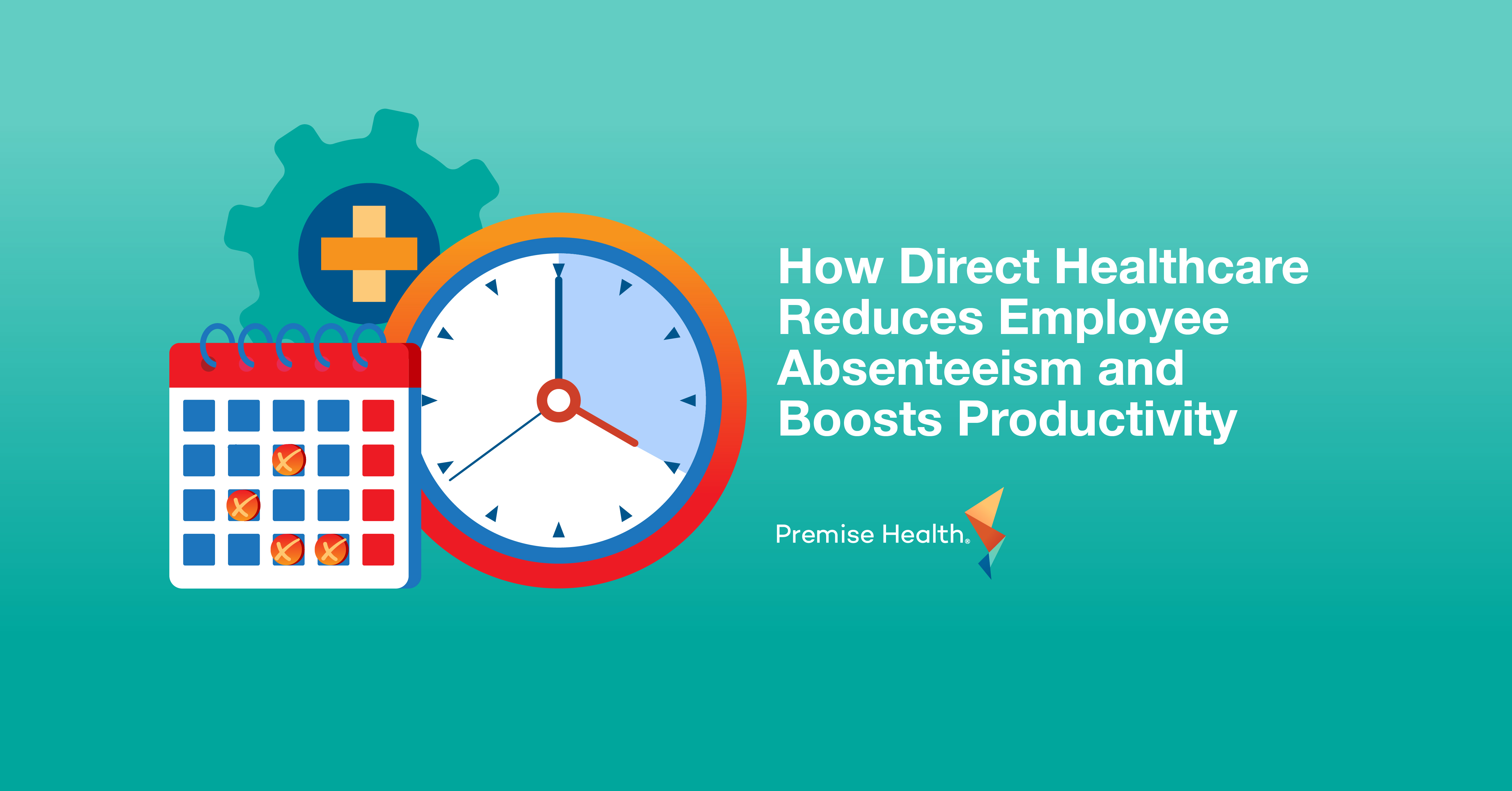Four Things You Didn’t Know About Direct Healthcare
The simplest definition of direct healthcare is healthcare directly purchased and delivered to an organization and its people, with no third party in between. However, in practice, direct healthcare has evolved over time and taken on new meanings as more and more organizations have entered the conversation. As interest in this forward-thinking healthcare model continues to grow, here are four things you may not know (that you need to).
1. Direct Healthcare Isn’t Just for Big Business
While the direct healthcare industry has long focused on large, self-funded companies, the truth is that all types of organizations can take advantage of the benefits it offers. If your organization doesn’t fit the traditional mold, it’s ok to think outside of it. Any organization with a member population can offer and benefit from direct healthcare. Your members may be employees, dependents, retirees, union workers, members of your health plan, or another population.
Many organizations beyond big businesses benefit from having a direct healthcare partner. Different kinds of organizations can have drastically different needs, though. To be most effective, direct healthcare solutions should be customized based on an organization’s specific population and their needs.
2. Direct Healthcare is Value-Driven, Not Volume-Driven
Direct healthcare prioritizes value for members and clients and embraces the triple aim of enhancing member experiences, improving clinical outcomes, and reducing costs. What does this look like? To start, direct healthcare is fee-for-value, not fee-for-service. A fee-for-value model ensures that the direct healthcare company’s goals and the client’s goals are fully aligned and both organizations are working together to improve healthcare for members. At Premise, a fee-for-value approach has led to:
- Superior clinical outcomes, including achieving AAAHC accreditation for 115 sites.
- Higher primary care utilization and lower total healthcare costs, leading to 29% gross claims-based client savings across our book of business.
Since direct healthcare succeeds when members and clients succeed, it is uniquely positioned to align with the goals and needs of your organization in a way that traditional healthcare can’t. This means that you get a partner who is ready and willing to work with your organization to achieve the best possible outcomes, whatever that may look like for you.
3. Direct Healthcare is More than Just Primary Care
Even though direct healthcare is delivered in a primary care environment, the reality is that it can offer a broad range of care. Members can benefit from behavioral health, pharmacy, occupational health, fitness, musculoskeletal and more. To ensure members use the care available to them, a robust access model of digital and in-person care needs to be in place as well. Access is a critical and often overlooked element of healthcare. When members can access their care where and when they need it, quickly and easily, it removes a major barrier to care that exists in other types of healthcare.
Premise offers more than 30 types of care delivered in the primary care ecosystem. However, access to every type of care possible doesn’t mean much if members can never access their care. By removing barriers and making healthcare easy to access and simple to use, Premise creates seamless experiences that help people live healthier, happier lives while helping employers maintain a healthier, more productive workforce.
Direct healthcare can also help optimize downstream care for those who need to see specialists or community hospital systems. By providing information about the cost and quality of specialty care ahead of time, direct healthcare can provide insight and clarity where there often is none – improving members’ experiences across the healthcare spectrum. Cost and quality can vary widely, even within a single hospital; on average, there is an 800% cost variance for specialist care within a given market. Direct healthcare organizations can leverage outcomes and price data to guide members to high-quality, cost-effective providers and facilities in their network and their community. At Premise, this is a key feature of Care Navigation, part of our Connect Care+ product.
4. Direct Healthcare Gives You the Control
One of the most unique things about direct healthcare is that your organization has a seat at the table. Partnering with the right direct healthcare organization will give you a personalized solution built in a collaborative manner. By providing your population with dedicated primary care, you’ll have more access to data insights and integration, as well as a hand on the wheel for decisions made along the way.
Customized solutions that meet the specific needs of your population help to control costs by providing the care your people need when they need it. Members will have all the resources they need and use while benefiting from more affordable costs and great experiences.
All of this boils down to a level of flexibility and personalization that rarely exists — if at all — in traditional healthcare models.
With a focus on value, personalization, quality, and positive experiences, direct healthcare is the right fit for more than big businesses. It can deliver value for any organization with a member population, and can provide exceptional, convenient care for your members.
Contact us to learn more about exploring direct healthcare for your organization today.
Next on industry insights.

How Direct Healthcare Reduces Employee Absenteeism and Boosts Productivity
Read the Blog
5 Ways Onsite Primary Care Benefits Tribal Organizations
Read the Blog